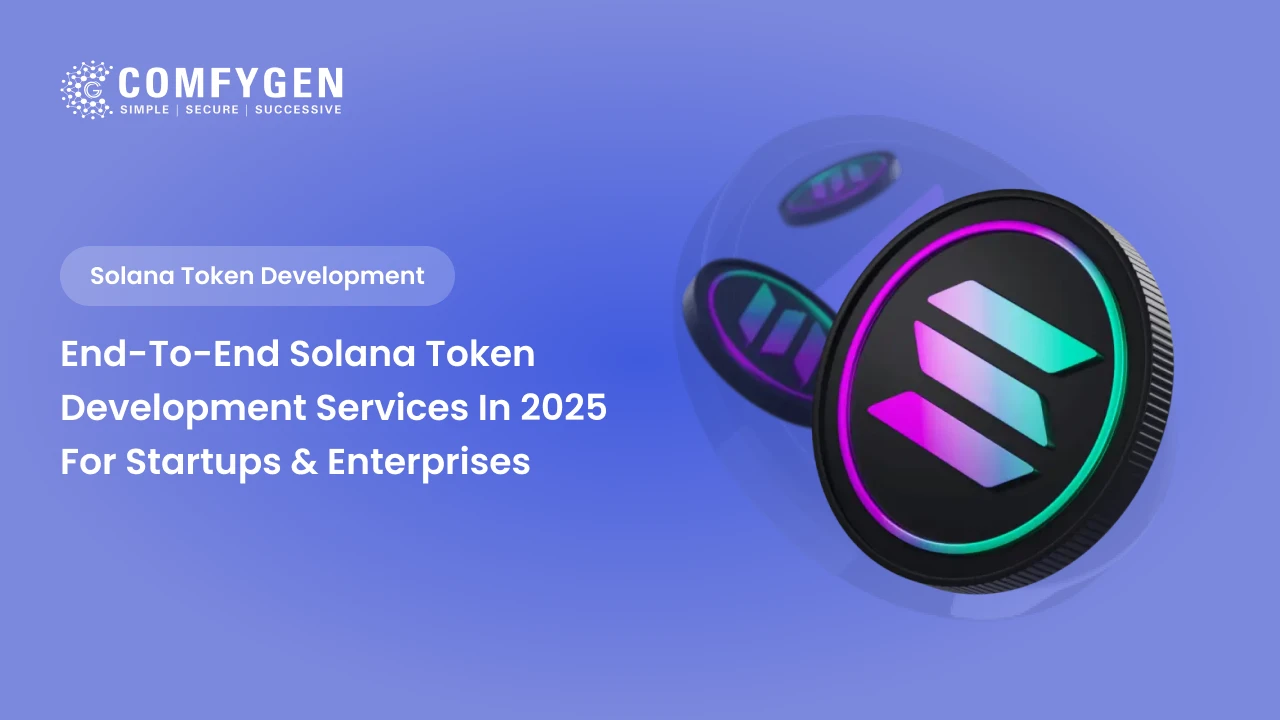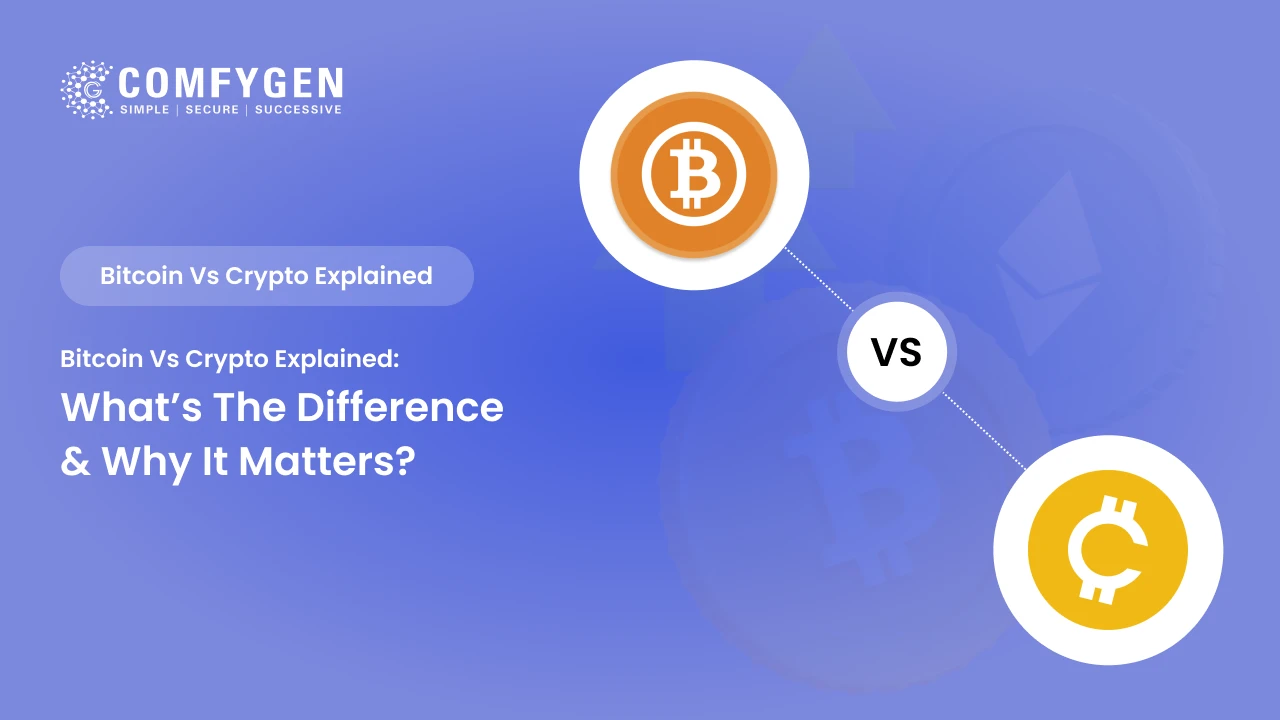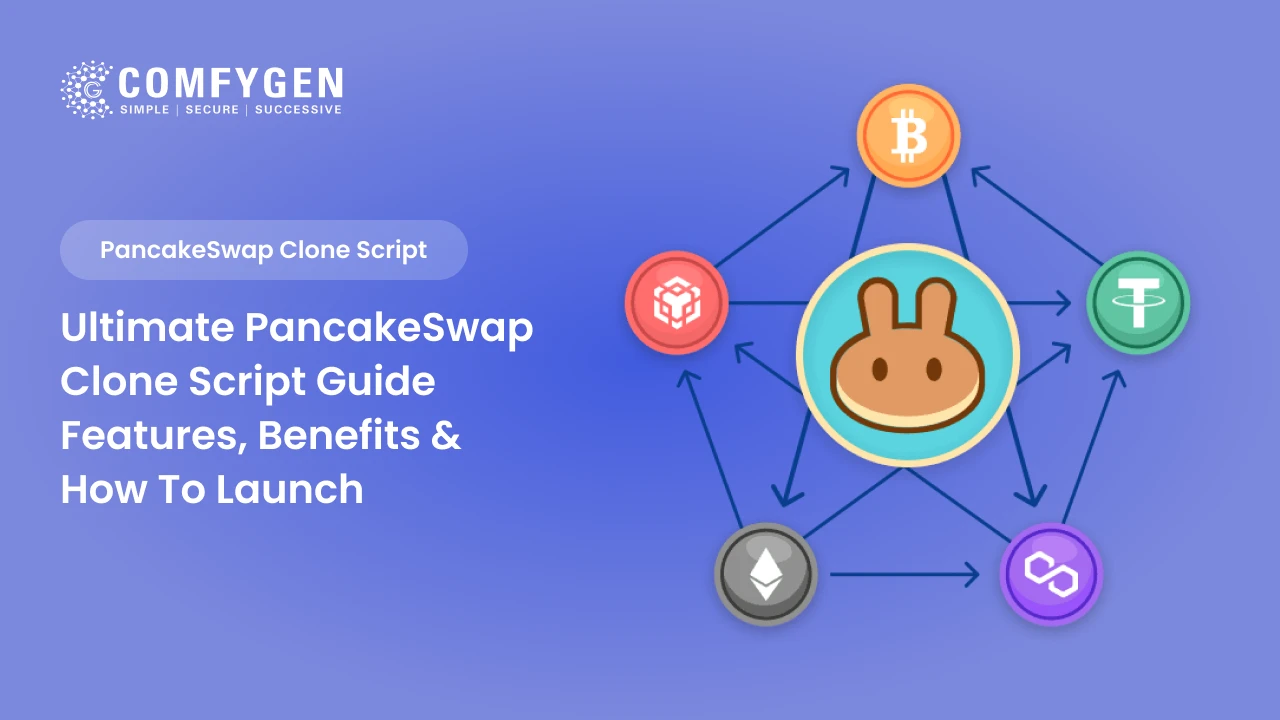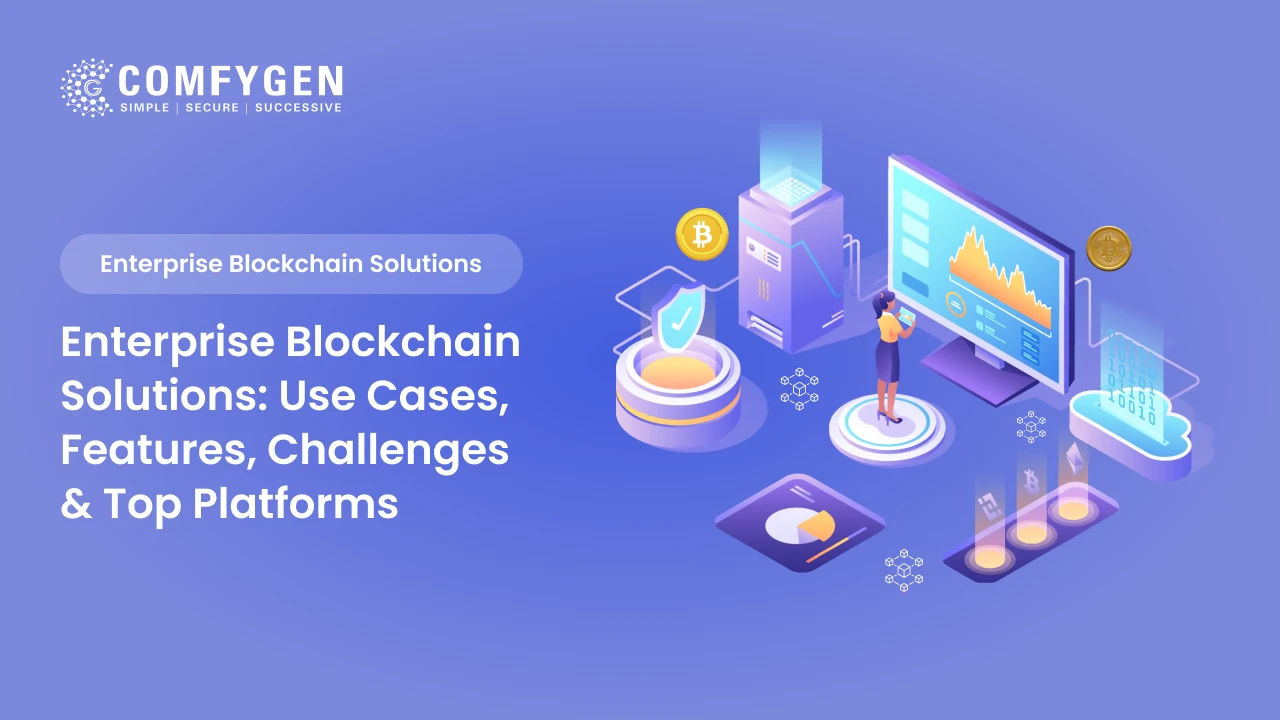Layer 1 vs Layer 2 Blockchain: Key Differences, Use Cases & Which One Matters More in 2025
Introduction
Blockchain technology, once the exclusive domain of cryptocurrencies, has now evolved into a robust tool for various industries, including finance, healthcare, supply chain, gaming, and more. Its decentralized nature offers immense potential for increasing transparency and reducing fraud. However, with the rapid rise in adoption, the scalability of blockchain systems has become a critical challenge.
This is where Layer 1 and Layer 2 solutions come into play. These terms represent distinct approaches to scaling blockchain networks, ensuring that they can handle increased transaction volumes without compromising decentralization or security.
What is Layer 1 Blockchain?
A Layer 1 blockchain refers to the base or underlying blockchain network. It’s the primary infrastructure where all transactions, data processing, and consensus mechanisms take place. Examples of Layer 1 blockchains include well-known networks such as Bitcoin, Ethereum, Solana, and Cardano.
Key Characteristics of Layer 1 Blockchains
Native Consensus Mechanism
Each Layer 1 blockchain utilizes a specific consensus mechanism to validate transactions. For example, Bitcoin uses Proof-of-Work (PoW), while Ethereum is transitioning to Proof-of-Stake (PoS) with its Ethereum 2.0 upgrade.
Security
Layer 1 networks are the most secure type of blockchain because they operate independently and do not rely on secondary layers or sidechains. Security is ensured by the consensus mechanism and the decentralized nature of the network.
Decentralization
Layer 1 blockchains are built to be as decentralized as possible, with multiple nodes spread across the globe. This decentralization makes them less susceptible to centralization and censorship.
High Gas Fees
As Layer 1 blockchains become more congested with increased usage, transaction fees can rise significantly, as seen with Ethereum, where gas fees spike during times of heavy demand.
Examples of Layer 1 Blockchains
Bitcoin
The first and most popular Layer 1 blockchain, primarily designed as a peer-to-peer digital currency. Bitcoin’s simplicity and decentralization make it an excellent store of value.
Ethereum
A smart contract-enabled blockchain that allows for the creation of decentralized applications (dApps). Ethereum’s scalability issues have led to the development of several Layer 2 solutions.
Solana
Known for its high throughput and low transaction costs, Solana uses a unique Proof-of-History (PoH) consensus mechanism to achieve fast transaction speeds.
2 Blockchain Development Experts today!
What is Layer 2 Blockchain?
A Layer 2 blockchain is a protocol built on top of an existing Layer 1 blockchain. It aims to improve scalability by processing transactions off-chain and then periodically settling those transactions back onto the main chain. This approach reduces congestion on the main blockchain while retaining its security and decentralization benefits.
Key Characteristics of Layer 2
Scalability
Layer 2 solutions significantly enhance the transaction throughput of the base blockchain by taking most of the load off the main chain. By doing this, Layer 2 helps to process transactions more quickly and efficiently.
Reduced Fees
Layer 2 solutions reduce the transaction fees associated with Layer 1 blockchains. By processing transactions off-chain, users experience lower costs compared to using the main blockchain.
Faster Transactions
Layer 2 solutions can settle transactions faster than Layer 1, making them ideal for applications that require real-time processing, such as gaming or microtransactions.
Interoperability
Many Layer 2 solutions are designed to be compatible with multiple Layer 1 blockchains. This enables cross-chain communication, which enhances the flexibility of blockchain systems.
Examples of Layer 2 Solutions
Polygon
Polygon is a Layer 2 scaling solution for Ethereum that utilizes Plasma and zk-rollups to offer low-cost, fast transactions.
Arbitrum
Arbitrum is an Optimistic Rollup solution for Ethereum that allows for higher transaction throughput by processing transactions off-chain and only settling the results on the Ethereum mainnet.
Optimism
Like Arbitrum, Optimism is a Layer 2 scaling solution for Ethereum that uses Optimistic Rollups to scale Ethereum’s transaction throughput while keeping costs low.
Layer 1 vs Layer 2: A Detailed Comparison
| Feature | Layer 1 Blockchain | Layer 2 Blockchain |
|---|---|---|
| Scalability | Limited scalability due to transaction load on the main chain | Enhanced scalability with off-chain processing, reducing load on Layer 1 |
| Transaction Speed | Slower due to congestion and block confirmation times | Faster, as most transactions are processed off-chain |
| Transaction Cost | High fees during peak times due to network congestion | Lower fees by reducing the amount of data processed on the main chain |
| Security | High, as all transactions are directly validated on the main chain | Depends on Layer 1 for security, but is still robust due to network interactions |
| Decentralization | True decentralization with independent nodes across the world | Still decentralized but requires a degree of trust in Layer 2 validators |
| Use Case | Best for applications that require high security and immutability | Best for scaling applications like DeFi, NFTs, and gaming |
| Complexity | Less complex with fewer moving parts compared to Layer 2 | More complex due to the interaction between Layer 1 and Layer 2 networks |
When Should You Choose Layer 1?
You might prefer Layer 1 blockchains in the following scenarios
Security
When your application requires high security and data integrity.
Decentralization
If you prioritize decentralization and immutability in your network.
Low-Volume Transactions
When your blockchain application does not experience heavy network congestion scalability issues are less of a concern.
For instance, if you’re building a stablecoin or digital currency platform, using a Layer 1 blockchain like Bitcoin or Ethereum may be the ideal choice.
When Should You Choose Layer 2?
Layer 2 solutions are highly beneficial in scenarios where scalability and low-cost transactions are paramount
DeFi Platforms
Layer 2 is essential for DeFi applications where high transaction throughput is necessary. For example, Uniswap and Aave use Layer 2 scaling to ensure fast, low-cost swaps and lending operations.
NFT Marketplaces
As NFT trading has grown exponentially, Layer 2 solutions like Polygon have become popular due to their ability to handle large volumes of transactions with low fees.
Gaming
In the world of blockchain gaming, players need to make frequent, microtransactions. Layer 2 solutions enable real-time processing and low-cost transactions.
Microtransactions
For applications like pay-per-use services or content streaming, Layer 2 allows for tiny, frequent payments that are not feasible on Layer 1 due to high transaction costs.
Layer 1 Blockchain Development: Key Advantages
Security
Layer 1 blockchains provide the highest level of security because they operate as the base layer, and all transactions and data are recorded directly on the chain. For example, Bitcoin’s security comes from its Proof-of-Work consensus mechanism, which makes it highly resistant to attacks.
Simplicity
With fewer layers involved, Layer 1 blockchains are simpler to develop and maintain. The focus remains on decentralization and the core functionality of the network.
Global Consensus
Layer 1 blockchains achieve global consensus through a distributed network of nodes, ensuring trustlessness without the need for a centralized authority.
Immutability
Since the data recorded on Layer 1 cannot be altered or erased, it is often the preferred choice for applications requiring tamper-proof records.
Layer 2 Blockchain Development: Core Benefits
Transaction Speed
Layer 2 solutions allow for the off-chain processing of transactions, which significantly reduces the time needed for block confirmations and improves overall transaction speed.
Lower Costs
By taking transactions off the base chain, Layer 2 solutions reduce network congestion and lower gas fees, making it affordable to execute numerous transactions in a short period.
High Throughput
Layer 2 solutions, such as rollups, sidechains, and state channels, allow for thousands of transactions per second (TPS), enabling scalable applications in finance, gaming, and other industries.
Flexibility
Layer 2 offers flexibility for developers by allowing them to choose the most suitable protocol for their application. For example, they can use zk-rollups for privacy-focused applications or Optimistic Rollups for general-purpose scaling.
The Future of Blockchain: What’s Coming in 2025?
The blockchain ecosystem is rapidly evolving. In 2025, we can expect several trends to dominate the landscape:
Increased Layer 2 Adoption
As DeFi and NFTs continue to grow, Layer 2 solutions will be adopted at an even faster rate. The rise of Ethereum 2.0 and Polygon will likely push developers and businesses to explore Layer 2 solutions for scalability.
Hybrid Layer 1/Layer 2 Solutions
We will see a hybrid approach where Layer 1 and Layer 2 work together seamlessly. These multi-layer solutions will combine the security of Layer 1 with the scalability of Layer 2.
Cross-Chain Interoperability
Interoperability between different blockchains will become increasingly important. By 2025, we expect seamless communication between Layer 1 and Layer 2 solutions, allowing for cross-chain transactions and decentralized exchanges.
Emergence of Layer 3
The evolution of Layer 3 will likely focus on privacy, interoperability, and user experience. By enhancing data privacy and allowing communication across multiple chains, Layer 3 will play a crucial role in the future of decentralized technologies.
Hire top Layer 1
& Layer 2 developers now!
Contact Now
Conclusion
Both Layer 1 and Layer 2 blockchains will remain pivotal to the future of blockchain technology. Layer 1 provides unmatched security and decentralization, making it the foundation for blockchain applications. On the other hand, Layer 2 solutions will become increasingly critical for improving scalability, reducing transaction costs, and enabling real-time applications.
For businesses and developers, the choice between Layer 1 and Layer 2 will depend on their application’s specific needs. Layer 1 is the way to go if you focus on security and decentralization. However, if you need to handle large transaction volumes with low costs and fast speeds, Layer 2 is likely the better choice.
Ultimately, the future of blockchain in 2025 will see an integrated approach where Layer 1 and Layer 2 work together to scale the ecosystem while maintaining its core values of security and decentralization.
Frequently Asked Questions (FAQs)
What is Layer 1 Blockchain Development?
Layer 1 blockchain development refers to building and maintaining the core architecture of a blockchain network like Bitcoin, Ethereum, or Solana. These base-layer blockchains handle consensus mechanisms, transaction validation, and network security.
What are the top Layer 1 blockchains in 2025?
In 2025, popular Layer 1 blockchains include Ethereum, Solana, Avalanche, Polkadot, and Cardano. Each offers unique features for developers building decentralized applications (dApps) and DeFi solutions.
What are Layer 2 Blockchain Solutions?
Layer 2 blockchain solutions are built on top of Layer 1 networks to enhance scalability, speed, and reduce transaction costs. Examples include Optimistic Rollups, zk-Rollups, Polygon, and Arbitrum.
What is the difference between Layer 1 and Layer 2 blockchains?
Layer 1 is the base blockchain (like Ethereum), while Layer 2 is an overlay network that processes transactions off-chain or in batches. Layer 2 improves throughput and lowers fees without changing the underlying Layer 1 protocol.
When should I choose Layer 1 over Layer 2 for my project?
What are the benefits of Layer 2 Blockchain Development Solutions?
Layer 2 solutions offer faster transactions, lower gas fees, and higher throughput. They’re ideal for DeFi apps, NFT platforms, GameFi, and microtransactions while maintaining Layer 1-level security.
Can I integrate both Layer 1 and Layer 2 in a single blockchain solution?
Yes, many blockchain applications use hybrid models. You can leverage Layer 1 for security and decentralization, and Layer 2 for performance and scalability, depending on your use case.
What industries are using Layer 2 Blockchain in 2025?
In 2025, industries like fintech, gaming, healthcare, and supply chain are adopting Layer 2 blockchain development services to build scalable, efficient, and low-cost applications.
How do Layer 2 Blockchain Development Solutions reduce gas fees?
Layer 2 solutions reduce gas fees by batching or processing transactions off-chain and only settling the final data on Layer 1. This significantly cuts down network congestion and costs.
Which is more secure: Layer 1 or Layer 2?
Layer 1 blockchains are inherently more secure due to decentralized consensus protocols. However, Layer 2 solutions inherit security from Layer 1 while optimizing for performance — when implemented correctly, both offer robust protection.

Mr. Saddam Husen, (CTO)
Mr. Saddam Husen, CTO at Comfygen, is a renowned Blockchain expert and IT consultant with extensive experience in blockchain development, crypto wallets, DeFi, ICOs, and smart contracts. Passionate about digital transformation, he helps businesses harness blockchain technology’s potential, driving innovation and enhancing IT infrastructure for global success.
Based on Interest
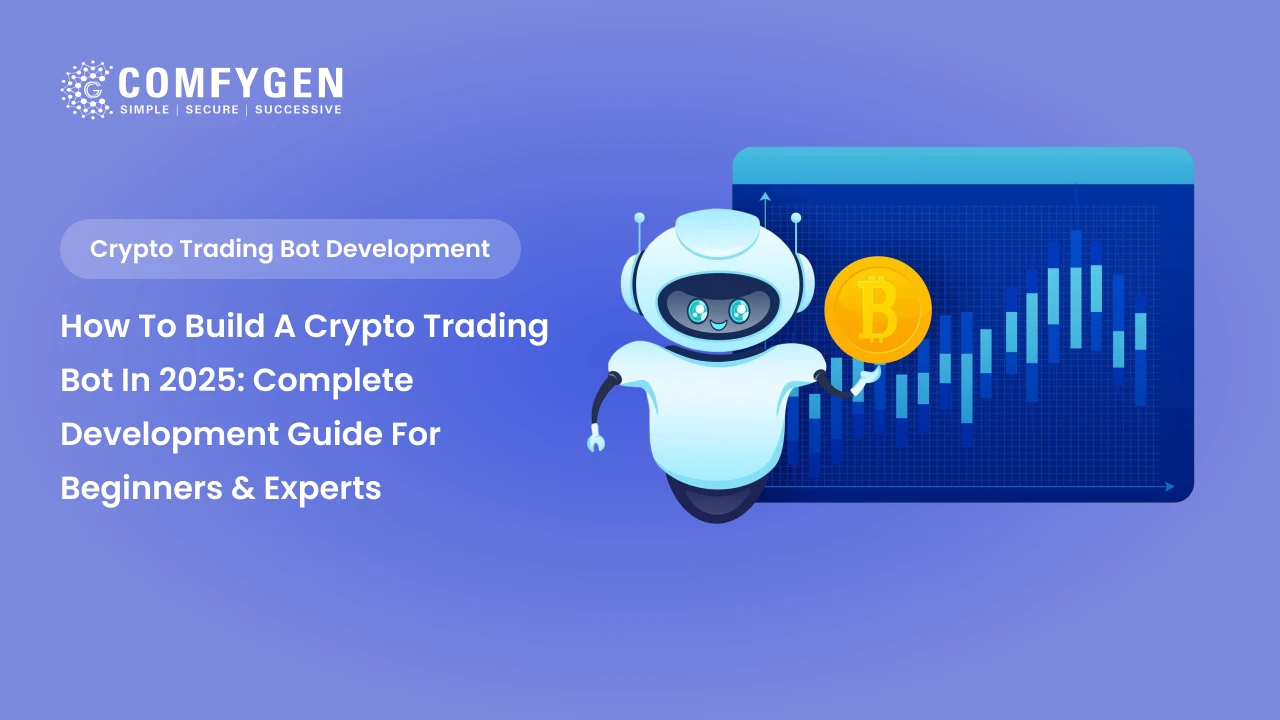
How to Build a Crypto Trading Bot in 2025: Complete Development Guide for Beginners & Experts
Introduction The world of cryptocurrency never sleeps. With 24/7 markets and volatile price movements, the need for automated trading solutions has never…

Cryptocurrency Exchange Development: How to Create a Platform Like Binance or Coinbase
The rise of cryptocurrency has revolutionized the financial world, creating new avenues for investment, trading, and technology-driven finance. Among the major…
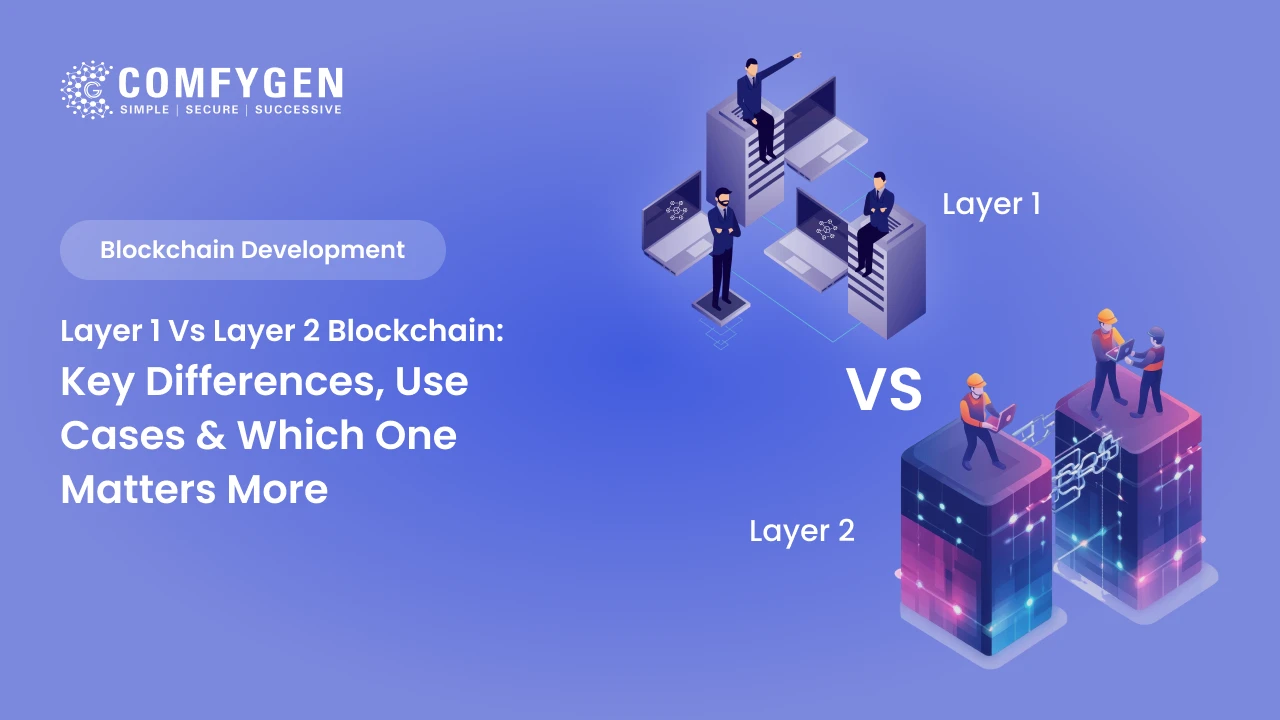
Layer 1 vs Layer 2 Blockchain: Key Differences, Use Cases & Which One Matters More in 2025
Introduction Blockchain technology, once the exclusive domain of cryptocurrencies, has now evolved into a robust tool for various industries, including finance, healthcare,…



